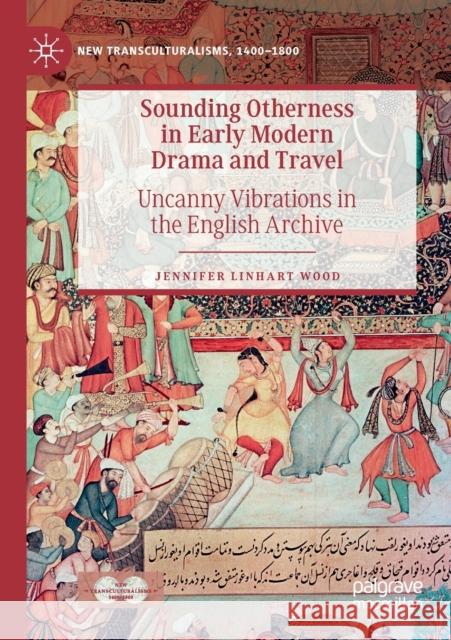Sounding Otherness in Early Modern Drama and Travel: Uncanny Vibrations in the English Archive » książka
topmenu
Sounding Otherness in Early Modern Drama and Travel: Uncanny Vibrations in the English Archive
ISBN-13: 9783030122263 / Angielski / Miękka / 2020 / 373 str.
Sounding Otherness in Early Modern Drama and Travel: Uncanny Vibrations in the English Archive
ISBN-13: 9783030122263 / Angielski / Miękka / 2020 / 373 str.
cena 403,47
(netto: 384,26 VAT: 5%)
Najniższa cena z 30 dni: 385,52
(netto: 384,26 VAT: 5%)
Najniższa cena z 30 dni: 385,52
Termin realizacji zamówienia:
ok. 22 dni roboczych.
ok. 22 dni roboczych.
Darmowa dostawa!
Kategorie BISAC:
Wydawca:
Palgrave MacMillan
Seria wydawnicza:
Język:
Angielski
ISBN-13:
9783030122263
Rok wydania:
2020
Wydanie:
2019
Numer serii:
000819485
Ilość stron:
373
Waga:
0.47 kg
Wymiary:
21.01 x 14.81 x 2.06
Oprawa:
Miękka
Wolumenów:
01
Dodatkowe informacje:
Wydanie ilustrowane











